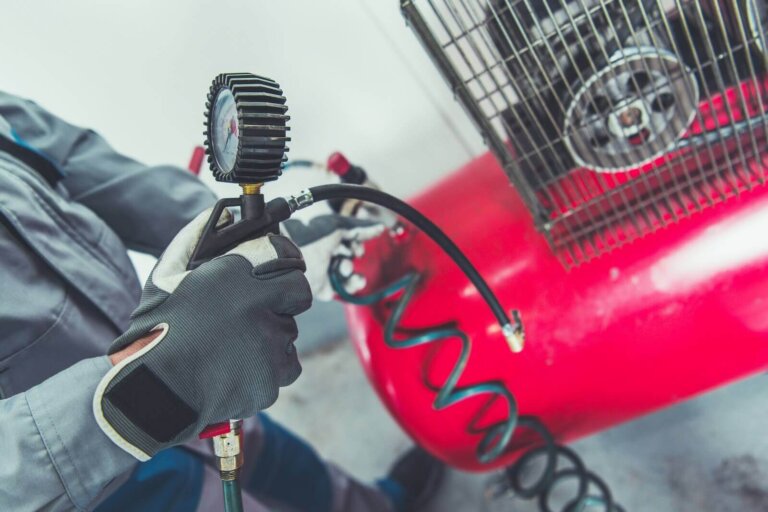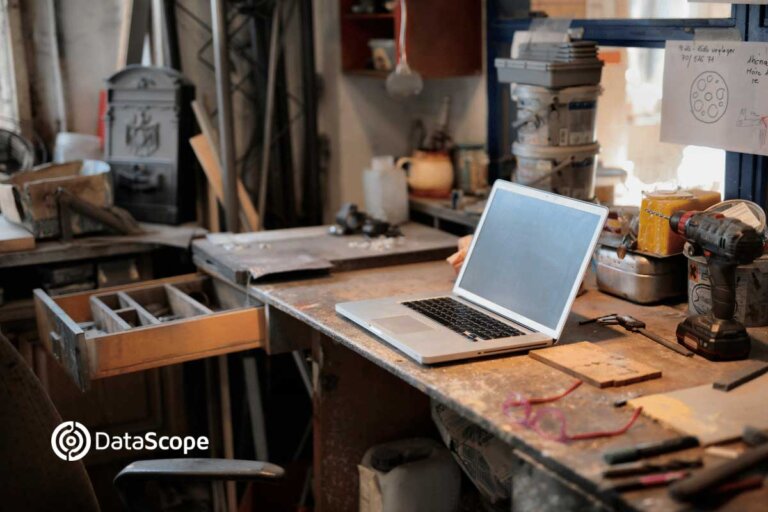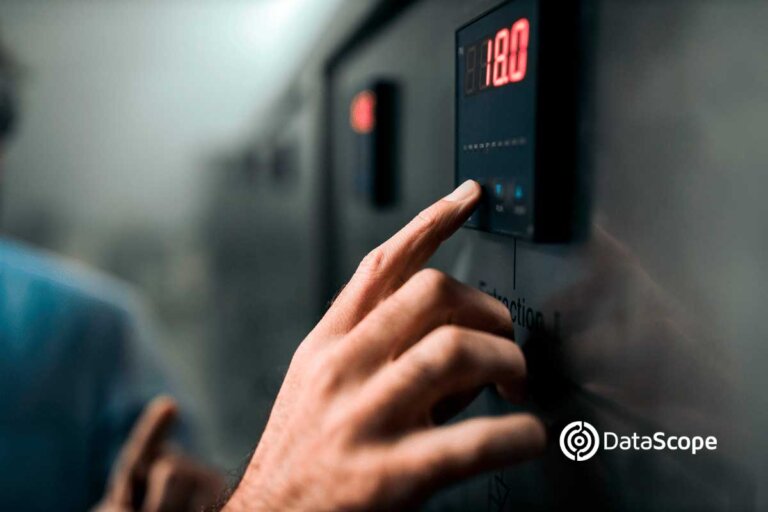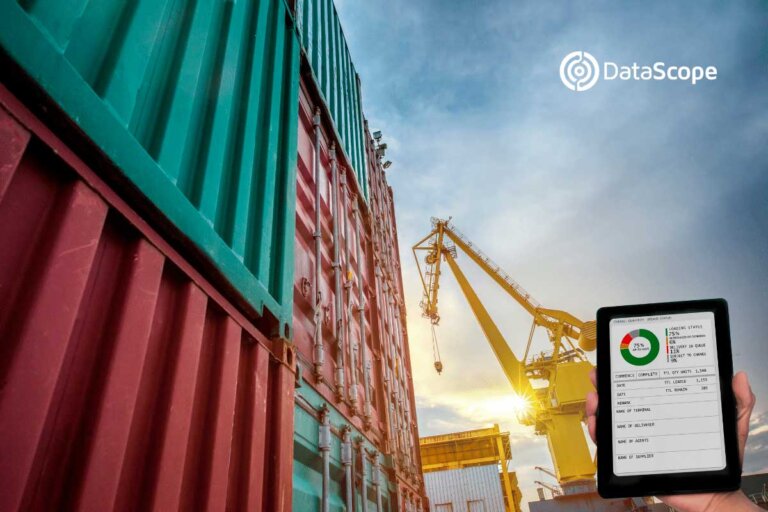These actions, well applied and implemented, are valuable to ensure, in the long term, the strategic success and competitiveness of any company.
We have seen, on previous occasions that an important part of the success of any company is based on the permanent care of its assets. This includes, by the way, a constant concern both for its infrastructure and for the equipment, machinery and tools with which it maintains its production.
One of the essential tasks within this principle of action is scheduled maintenance. This must be carried out in accordance with a precise and consistent methodological guideline, to guarantee a longer duration and better performance of the machinery or facilities.
In the same way, acting according to a suitable schedule minimizes the risk of failures and unexpected stoppages in the equipment, thus eliminating the damage that implies the long periods without production, which always cause considerable losses of labor hours and resources.
WHAT DOES IT CONSIST OF?
Systematic scheduled maintenance corresponds to the group of inspection-repair tasks performed on all equipment or installations, according to an established program.
As a rule, they include parameters such as working time or kilometers traveled (depending on whether they are fixed, such generators, or mobile equipment, such heavy trucks), production volume, and component wear, among other various technical and operational variables.
These tasks are applied according to a fixed periodicity, or following some other type of cycle constantly repeated, and regardless of the condition of the equipment. This implies reviewing the equipment in the field, according to certain levels of thoroughness, and carrying out maintenance or replacement of spare parts, even when they are visually operational or in good condition.
Systematic scheduled maintenance is very effective and valuable for equipment and facilities that require medium or high availability. It is also used in components of greater relevance to the production system, and whose breakdowns cause high-impact disruptions throughout the company’s production plan. For example, all equipment that cannot and should never have a fault symptom.
HOW TO PERFORM IT?
Some of the more common types of tasks that are part of a correct scheduled maintenance include the following:
– Technical cleaning of equipment, to reduce the risk of stops due to situations such as clogged filters, clogged pipes or wear of cables and electrical connections, for example.
– Replacement of parts and pieces subject to continuous wear, such as impellers, bearings, sealing elements, blades, sleeves and cylinder heads, among others.
– Checking the interior condition of certain elements. This verification cannot be carried out with the equipment in service and, therefore, it is required to stop and dismantle it completely, or in large part.
– Verification of the proper functioning and calibration of the instruments that make up the machinery.
– Performance verification, to verify that the entire assembly operates in accordance with its specifications, and without presenting strange reactions or that indicate any potential failure.
ADVANTAGES AND DISADVANTAGES
We can apply any systematic scheduled maintenance action to a specific piece of equipment, or to an installation as a whole. However, on occasions, and according to the characteristics of the company or industry, this strategic could be replaced by a “condition maintenance”. In this specific type, the status of the equipment is verified and it is only intervened, if appear any symptom of failures that justify further actions.
However, it is important adjust this procedure to the specific requirements of each company, and have professional personnel deeply qualified to carry out.
This also implies optimizing resources so that scheduled maintenance can carried out on facilities or machinery that actually need it; such as plants, generators or data centers that run 24/7, and are prone to heavy wear and tear during their routine operations.
This point is important, because, on occasions, an unjustified systematic review process can lead to breakdowns in equipment that works correctly. Such a situation, in addition to having a high cost for the company, can even be counterproductive in order to reach efficiently the strategic objectives.
Despite this latent risk, it is not advisable to replace one hundred percent systematic interventions, since, as we explained above, there are teams that do always need them. Especially when it is required to permanently ensure production and, in addition, the trained personnel and the time required are available to carry out a good scheduled maintenance.
In fact, a company that orderly practices it in a rational and efficient way can exceed by up to 20 points the availability levels of any other company that only perform conditional reviews, or that do not have any systematic scheduled maintenance plan.
TYPES OF SCHEDULED MAINTENANCE
Carrying out this task can require a large number of person-hours, resources and tools. However, as we have already seen, not all machinery or installations require revisions that have the same degree of depth.
For this reason, and according to the characteristics of each company and its productive infrastructure, we can organize scheduled maintenance tasks according to the following three levels:
Level 1: Basic
– Inspection visits, structured generally on simple visual and basics checks.
– Ordinary maintenance and training of personnel on a basic level, so that they can apply simple actions such as changing filters, cleaning ducts or removing lubricant and fuel residues, for example.
Level 2: Assistance and spare parts
– Inspection visits, which involve actions more detailed, such as, for example, verifying the number of revolutions per minute, or the rate of advance of a conveyor belt. From this deeper observation, the personnel in charge can derive the eventual stoppage of a part of the daily tasks.
– Ordinary maintenance and training of personnel, to carry out replacement tasks for parts or simple pieces damaged, or have reached the limit of their useful life.
– Preventive maintenance, carried out in accordance with the instructions of the equipment manufacturer, or following an already established methodological pattern, according to the operating time of each machinery.
Level 3: Full attendance
– Inspection visits, which imply the decision-making capacity to completely stop an operation, and supervise repair and / or replacement tasks in all the critical equipment of a company (boilers, generators, conveyors, furnaces, etc.).
– Routine maintenance and training of personnel, so that they are prepared to perform actions such as replacing components or entire sections within a facility, such as, for example, all the backup batteries in a data center.
– Preventive maintenance, which considers an adequate and strict scheduling of all the essential steps to carry out critical replacement tasks on time, without affecting the final availability and performance of the production chain.
– Extraordinary corrective maintenance, in order to be prepared to carry out corrective actions, such as replacement of equipment or parts affected by failures not foreseen in the schedule. This will avoid the loss of labor-hours, resources and, eventually, customers.
Acting in accordance with these parameters allows satisfying the needs of the company, based on the implementation of a rigorous methodology that effectively contributes to the complete and successful management of maintenance tasks within a company.







